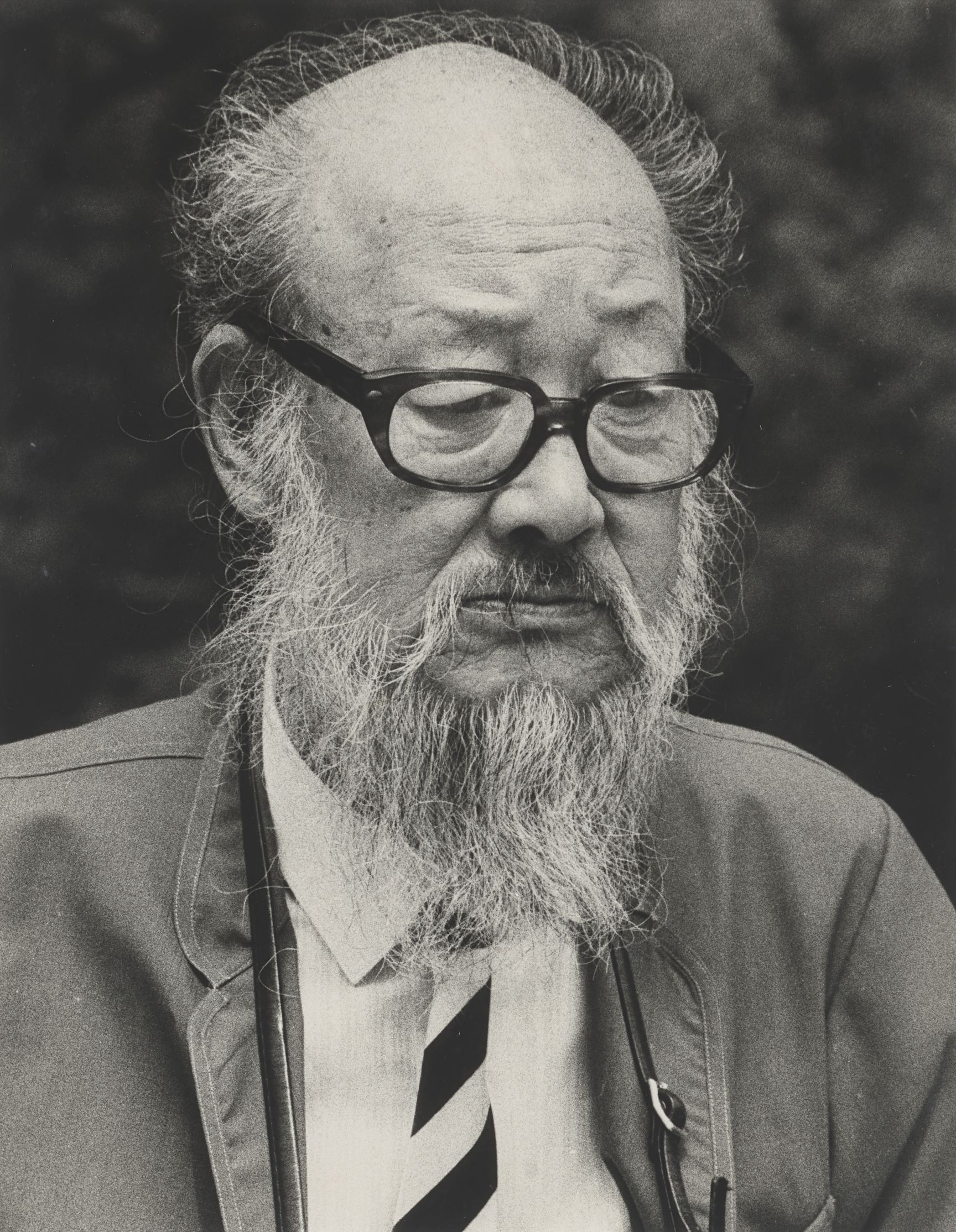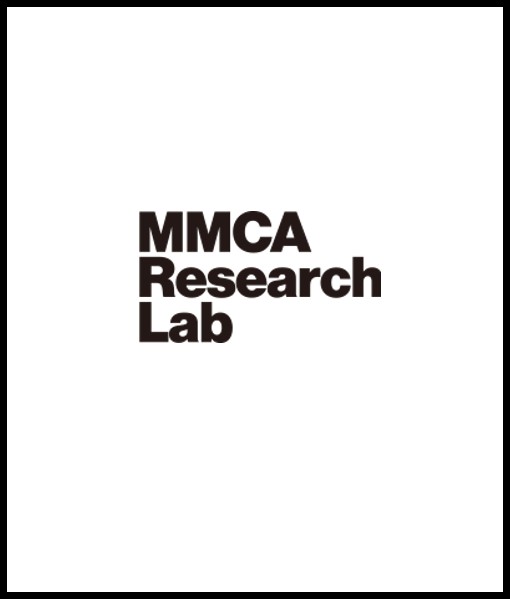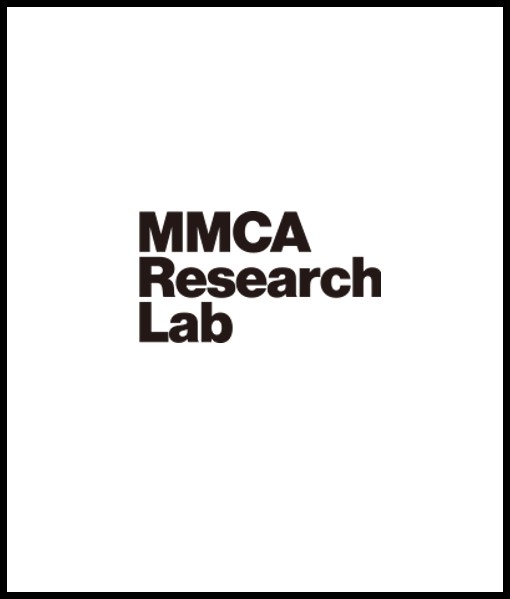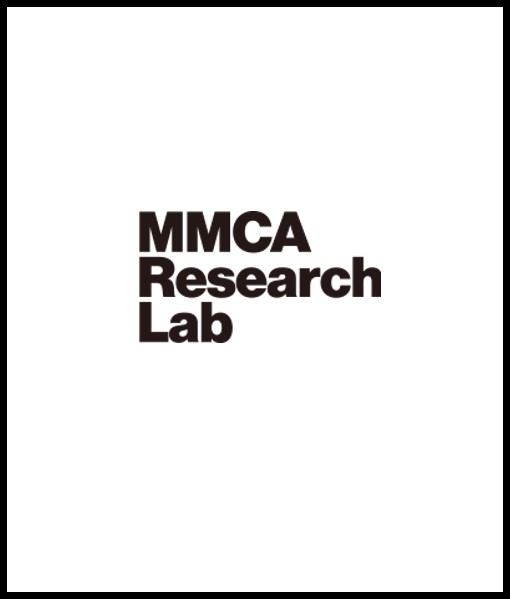
“Photo Art Exhibition,” Jungang sinmun, May 6, 1946, 2, column 6
Joseon Art Photography Association
* Source: Multilingual Glossary of Korean Art. Korea Arts Management Service
Related
-

Hyun Ilyeong
Hyun Ilyeong (1903-1975) was a pioneer of early commercial photography and a prominent figure in the history of modern and contemporary Korean photography who explored a new language for everyday documentation. He went to Maedong Commercial School in Seoul and took classes in the English department at YMCA. In 1929, while living in Manchuria, Hyun submitted Megane Liver Oil to the International Commercial Art Photography Competition organized by Japan’s Asahi Shimbun newspaper company. Winning second prize, he was introduced to the photography world. He held his first solo exhibition in 1931 in Dalian, Manchuria and later held his second solo exhibition in Pyongyang, which led to voluminous creative activities. In 1932, he moved to Seoul and opened Hyun Ilyeong Photo Studio on Jongno 2-ga, where he worked as a commercial photographer. In 1935, he went to Japan to study at the Oriental Photography School. In 1946, shortly after Korea’s liberation from Japan, he founded the Portrait Photography Research Society of Seoul [Seoul insang sajin yeonguhoe] along with Kim Gwangbae, Park Pilho, Lim Sukje, and others, and served as president. In 1947, he was dispatched to Ulleungdo and Dokdo Islands on an academic research mission organized by the Joseon Mountaineering Club and sponsored by the Ministry of Education, where he photographed the landscapes of Ulleungdo and Dokdo with Choi Kyebok. Starting with his third solo exhibition held in 1956 at Dong Hwa Gallery in Seoul, Hyun immersed himself in the possibilities of photography as an art form and captured ordinary objects and scenes of everyday life with a personal and lyrical approach. In particular, his photographs capture simple things in daily life, including a clock, calendar, ashtray, and a pack of spools, from a contemplative point of view and express them in a neat black-and-white photographic language. His last solo exhibition was held in 1972. After his death, in April 1984, the photographer Joo Myungduck, the photography researcher Choi Injin, and others held an exhibition of posthumous photographs by Hyun Ilyeong at Hanmadang Gallery in Junghak-dong, Seoul. Sigak Publishing published Hyun Ilyeong: 1903–1975, a collection of his posthumous photographs.
-

Portrait Photography Research Society of Seoul
Portrait Photography Research Society of Seoul [Seoul insang sajin yeonguhoe; PPRSS] is an organization of photographers founded in October 1946 in Seoul. Hyun Ilyeong served as its president, and other members include Lim Sukje, Han Sanghui, Kim Jinhae, Lee Changgyu, Kim Gwangbae, and Park Pilho. As the poor domestic supply of photographic materials led to great difficulty in photography production, the Korean Photography Formation Committee [Joseon sajin gyeolseong wiwonhoe, KPC], an organization that included reporters, salespeople, amateurs photographers, and material dealers, was established in September 1945 with the photographer Park Pilho as the chairman. After the establishment of the KPC, photographers in various fields founded an organization to rebuild and develop Korean photography. The Portrait Photography Research Society of Seoul was founded modeled after the Portrait Photography Research Society of Gyeongseong [Gyeongseong insang sajin yeonguhoe], a group of commercial photographers who operated photo studios before Korea’s liberation from Japan. The members of the PPRSS were also involved in the Joseon Art Photography Association [Joseon sajin yesul yeonguhoe] and the Korean Photography Alliance [Joseon sajin dongmaeng]. After Korea’s liberation from Japan, they sought not only to disseminate photographic materials and revitalize commercial photography, but also to explore channels and directions for photography in various fields.
Find More
-

Korean Photography Alliance
The Korean Photography Alliance [Joseon sajin dongmaeng; KPA] was a leftist photography organization founded on June 13, 1947 at the Young Men’s Christian Association (YMCA) Hall in Jongno-gu, Seoul. Kim Jinsu, Lee Tae-ung, Lee Yongmin, and twenty other promoters gathered, held a founding convention, and launched the alliance by asserting the mission of photographers to “create photographic art with militant artistry and popular expressions.” According to a newspaper article written by Lee Tae-ung, a leading figure in the formation of the alliance, the KPA claimed to be a “photographic cultural institution established by a group of professional, amateur, and press photographers in an effort to contribute to the construction of national culture.” An affiliate of the Korea Federation of Cultural Organizations [Joseon munhwa danche chong yeonmaeng], the KPA decided to hold the First Photo Exhibition in Commemoration of Korea’s Liberation from Japan on August 15. It selected its secretary Kim Jinsu as a representative to attend the meeting of the U.S.–Soviet Joint Committee held on June 25, 1947. Lim Sukje, a member of the KPA, belonged to the cultural operations unit of the Korea Federation of Cultural Organizations and held an exhibition on the second floor of Busan Joseon Newspaper company. At the time, more than fifty photographs of leftist leaders and the U.S.-Soviet Joint Committee taken by the KPA members were displayed. However, when the division of Korea became a reality following South Korea’s separate election held on May 10, 1948, the leftist cultural organizations, including the Korea Federation of Cultural Organizations and its affiliated KPA, found it difficult to continue their activities. With the establishment of the National Guidance Alliance [Gungmin bodo yeonmaeng], which was composed of leftist defectors, on June 5, 1949, the majority of the KPA members defected to North Korea or chose to convert politically in order to survive. On December 26, 1949, the KPA was deregistered by Decree No. 55 of the Bureau of Public Information and disappeared from the official list of organizations.
-

Korean Photographers Group
The Korean Photographers Group [Hanguk sajin jakgadan] is a Korean photography agency founded in January 1957 with the international photo news agency Magnum Photos as its model. It was established by seven photographers: Choi Kyebok as the leading member alongside Seong Dugyeong, Lee Geon-jung, Lee Gyeongmo, Jeong Doseon, Jeong Huiseop, and Cho Myeongwon. All of them created photos both to sell and as artistic creations, and they specialized in promotional photos for promoting the Syngman Rhee government’s tourism and cultural heritage policies in the 1950s. In particular, Korea Old and New and Pictorial Korea, which were published for international publicity through the commission by the Office of Public Information, contained photographs of temples, historic ruins, tourist destinations, and rapidly transforming cities after the Korean War, all of which were provided by the Korean Photographers Group. The Korean Photographers Group pursued creative activities together by holding four members’ exhibitions, and each member built his or her oeuvre as an individual photographer. The second members exhibition held in 1957 at the Korean Information Service was themed around photographs of historic sites and scenic spots. The third one held in the same year at Donghwa Gallery was themed around tourism photos.






